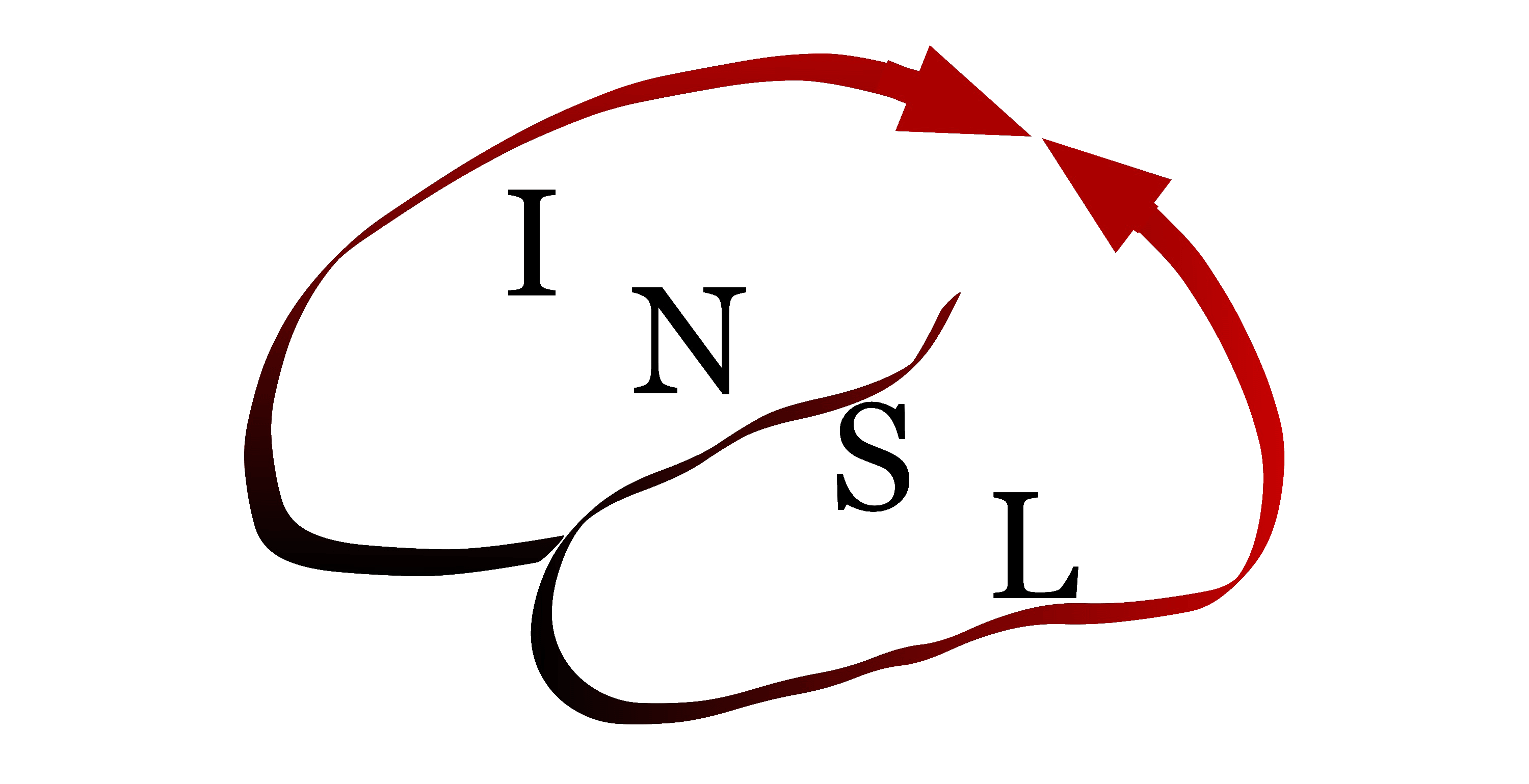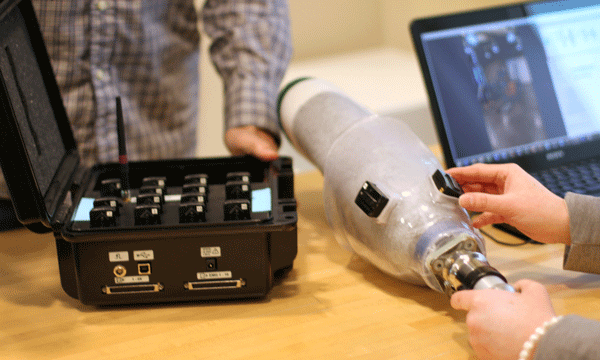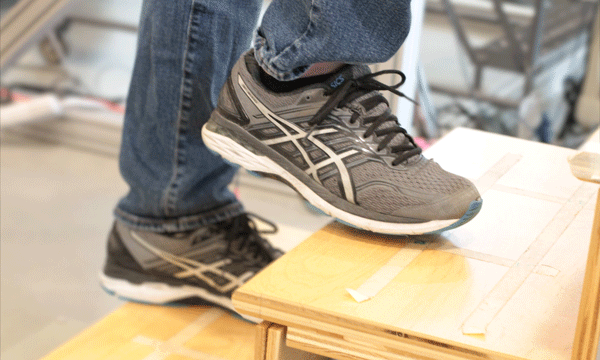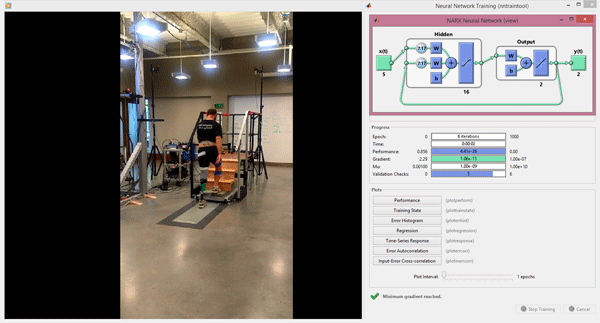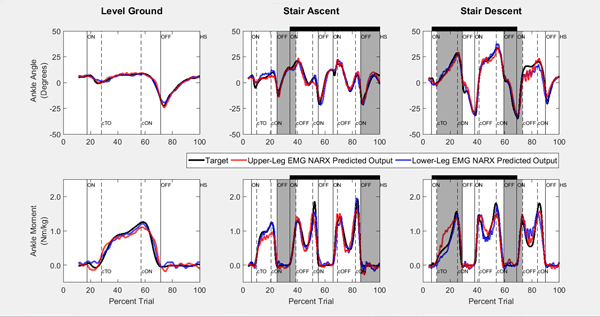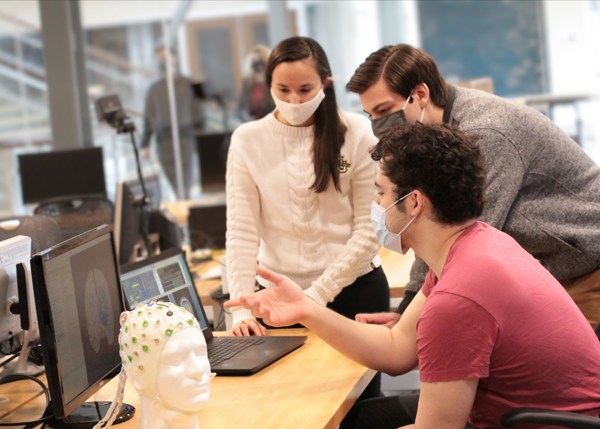Myoelectric Control and Neural Decoding
Efforts to develop brain machine interfaces, be they invasive or noninvasive, are often challenged by the need to maximize decoding accuracy while minimizing computational complexity. Our lab develops real-time neural decoding strategies that can be used to estimate kinematic properties of human movement. Our most recent efforts have centered on the use of residual muscle activity in the amputated limb to continuously predict the control of lower limb prostheses to provide natural movement across tasks (walking, stairs, etc.).
- Neural Prosthetic
- Weight-Sensored Stair
- In-Software Controls
- Output Data
Selected Publications
*Zabre-Gonzalez E., *Riem L., Voglewede P., Silver-Thorn B., Koehler-McNicholas S., Beardsley S. A., (2021), Continuous myoelectric prediction of future ankle angle across ambulation conditions and their transitions, Front. Neurosci. - Neuroprosthetics., 15, p. 1-13., doi: 10.3389/fnins.2021.709422. PMID: 34483828; PMCID: PMC8416349.
*Zabre-Gonzalez E. V., *Amieva-Alvarado D., Beardsley S. A., (2021), Prediction of EMG activation profiles from gait kinematics and kinetics during multiple terrains, Annu Int Conf IEEE Eng Med Biol Soc. 2021 Nov;2021:6326-6329. doi: 10.1109/EMBC46164.2021.9630067. PMID: 34892560.
Farmer, S., Silver-Thorn B., Voglewede P., Beardsley S.A. (2014), "Within-socket myoelectric prediction of continuous ankle kinematics for control of a powered transtibial prosthesis," J. Neural Eng., 11(5):056027. DOI: 10.1088/1741-2560/11/5/056027
View more INSL Research
Join Us!
The team at the Integrative Neural Systems Laboratory is looking for hard-working students with an interest in human behavioral studies, multimodal brain imaging and computational modeling. For more information on how to become a student of the INSL, email Dr. Beardsley.
